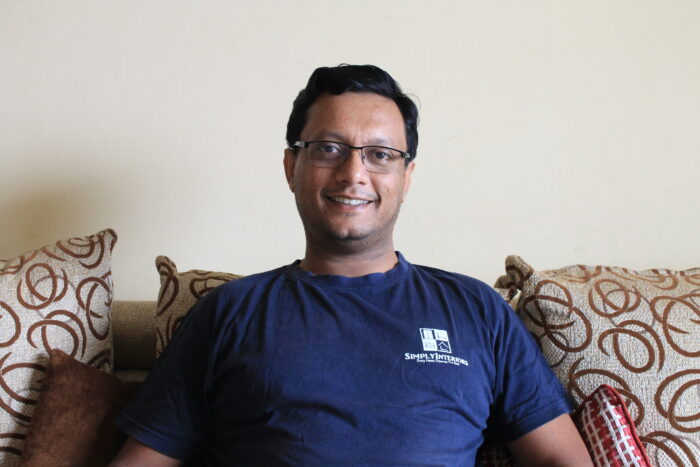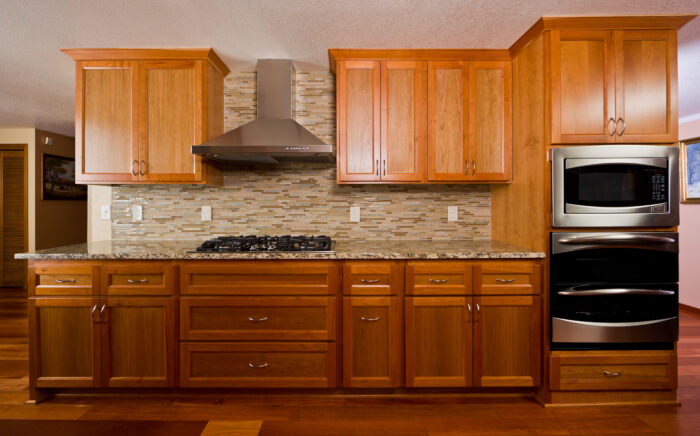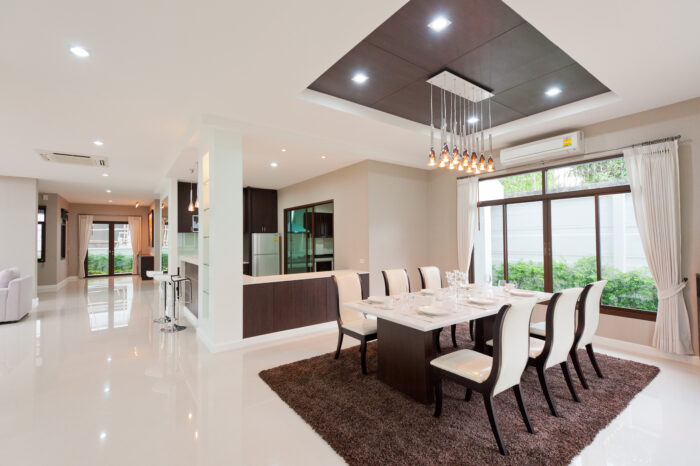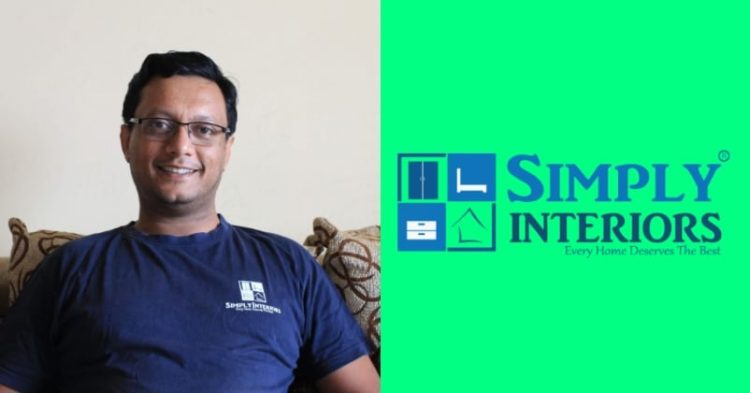Indian interior designing industry has transformed very well in the past few years. With the advancement of technology and change in lifestyle and demands of customers, having perfectly designed place has become vital not in residence and at workplaces.
This shift has created a lot of opportunities for Entrepreneurs to capitalise on and with this article, we are sharing the thoughts of Nishant Gupta, founder of Simply Interiors.

What does the overall marketing plan for your startup look like?
Interior design industry is a highly competitive and a highly fragmented market. The entry barriers are very low for anyone to enter the segment. Due to the same reason, it is also difficult to find genuine companies which are serious and understand the customer requirements and needs. In addition, due to the nature of the business, it is also difficult for all these companies to keep up to date with the changing dynamics. To put things in perspective, you may get someone who gives the cost of a modular kitchen for a standard kitchen to be 4-5 lakhs when in reality, the same work should be done within 2-3 lakhs with a decent profit margin.
Our marketing plan revolves around this understanding and all our campaigns as well as communications revolve less around telling the customer what they need but around educating the customer about what is possible. For this reason, the majority of our marketing efforts are focused on channels like YouTube and blogging. These are the places along with customer referrals that get us the maximum leads. We hardly spend money on social media marketing or even adwords. In fact, some of our most viral youtube videos talk only about things like how to calculate the cost of interior design of your house or what should be the ideal cost of a wardrobe.

Our customers are from a very good segment. Most are either SEC A or higher. The one thing that is lacking for them is proper understanding of the material and hence they usually have to go with what is available. Our marketing helps them to gain confidence and trust in our offerings.
Our previous customer feedback helped in ensuring this confidence stays.
Interior designing industry took a big hit when the pandemic was at its peak. Now in the unlock phases, what are the strategies to get operations in place and how?
Our industry practically closed down as soon as the lockdown started. Being a highly labor intensive business and for the fact that it is impossible to work from home in this industry, we were not able to operate at all for those couple of months. Once the industry started coming back online, the biggest problems that we have faced have been at both the front end as well as the back end.
Potential customers in most major cosmopolitans like Bengaluru, Hyderabad and Pune where we operate have moved to their home cities and states. Many have even suggested that their movement is permanent. Of the people who continue to stay in the cities, most are apprehensive about spending too much on interiors or allowing people inside their homes. It is already 6 months after the lockdowns started ending but the pandemic is still present and so are these confusions in the minds of the customers.
At the back end, most of the labor vanished from the cities. They all went back home. It’s only now after Diwali that they have slowly started coming back and started working.
During all this time, we have focused purely on innovation to survive. We have been working on minimizing physical contacts with customers and have moved almost everything possible online. In an industry like ours, I am sure people will be surprised if I tell them that almost half of my day goes in video calls with customers.
We have also undergone some dramatic changes in operations which have allowed us to now finish a lot of our standard interior projects within less than a month. This not only reduced physical connections but also helped us to manage with far less man hours and hence labor than what we were working with post the pandemic.
How did you come up with the idea to build a startup that revolves around Interior Designing?
I come from a marketing background. I have worked in sales and marketing profiles in FMCG majors like Britannia for almost 6 years. In addition, I have done several successful startup exits including in food, grocery, adventure sports and e-commerce. All this gave me the confidence of being able to manage any B2C business.

I also love to explore and adore challenges. Interiors is one industry which is very highly fluid. There is something or the other which is completely new almost on a daily basis. To take some examples, false ceiling as a concept has evolved dramatically in the last 7 years since I have been in this industry. From no ceilings to POP cornices to complete gypsum ceilings, the evolution has been dramatic. Another example is wooden polishes. Seven years back, “duco” was a luxury which people looked up to. This changed to PU polish which then was overtaken by polyester and now the latest trend picking up is liquid acrylic polish. Four complete renovations in just 7 years!
In addition, I get to meet customers from so many different backgrounds almost on a daily basis. From business owners to HR heads, from teachers and IT project managers to entrepreneurs, the list of people is endless. And they all have so much to teach us. I have made some amazing friends from among this long list of customers.
While the initial idea of building a startup in the Interior Design industry came from the fact that the ticket sizes are good and I feel very comfortable in a B2C environment, the continuously evolving nature of this business has kept me ticking.
What are some difficulties you face while finding customers?
For a person, a home is possibly the largest and most important investment that they will ever do. Having spent so much money in buying a home, interiors is a necessity as well as a want. The challenge that a customer faces is that they usually have zero knowledge of this industry. In addition, this is possibly the only industry where they have to spend lakhs on a service and product. You might say that vehicles are another but that is purely a product with a lot of reviews and comparisons available online. It is practically impossible to do this kind of comparison in a similar fashion for interior design.
For this reason, every customer develops his or her own way of shortlisting and finalizing the interior designer. For some, just a bottom line total value of the total cost of interior design is valuable but some others may decide that just the cost of a modular kitchen is sufficient for them to decide.

Another challenge that we face is in the fact that there are practically no entry barriers. Hence almost every person knows someone who knows someone who calls himself a professional in this field. Its another matter that they may not be able to figure out the difference between a laminate and a veneer but that will only be an issue if your customer knows the difference. Since there is no trustworthy information in public, who will know?
By the time the customer realizes that they have been duped, it’s too late since they would have already given the majority of the money to this person.
We at Simply Interiors get so many calls from people who ask if we will be able to finish work that someone else started. Unfortunately, the other person has already fleeced them so badly that they have to spend a lot more than they would have spent on a slightly more expensive but genuine brand .
What are your future plans?
Simply Interiors is currently operational in the budget and semi-premium residential interior segments in Bangalore, Hyderabad, Pune and Chennai. While we currently have a modular factory in partnership in Bangalore, our plans are to expand setups to Hyderabad and Pune. In addition, we also have plans to expand our footprint to more geographies including Goa, Mumbai and Kolkata over the next three years. We also want to open at least one experience center in all the cities that we are operational in within the next one year.
We have also been making some very unique customized products for our interior customers. We also plan to start making these products through our workshop for other customers across the country through an e-commerce platform.
We have also started exploring the possibility of exports of premium Indian furniture. We have our own manufacturing partnerships for this in various parts of the country including Jaipur, Agra as well as our own workshops for furniture and sofas. We intend to utilize all of these two to offer premium furniture to customers in the USA and European markets.
















